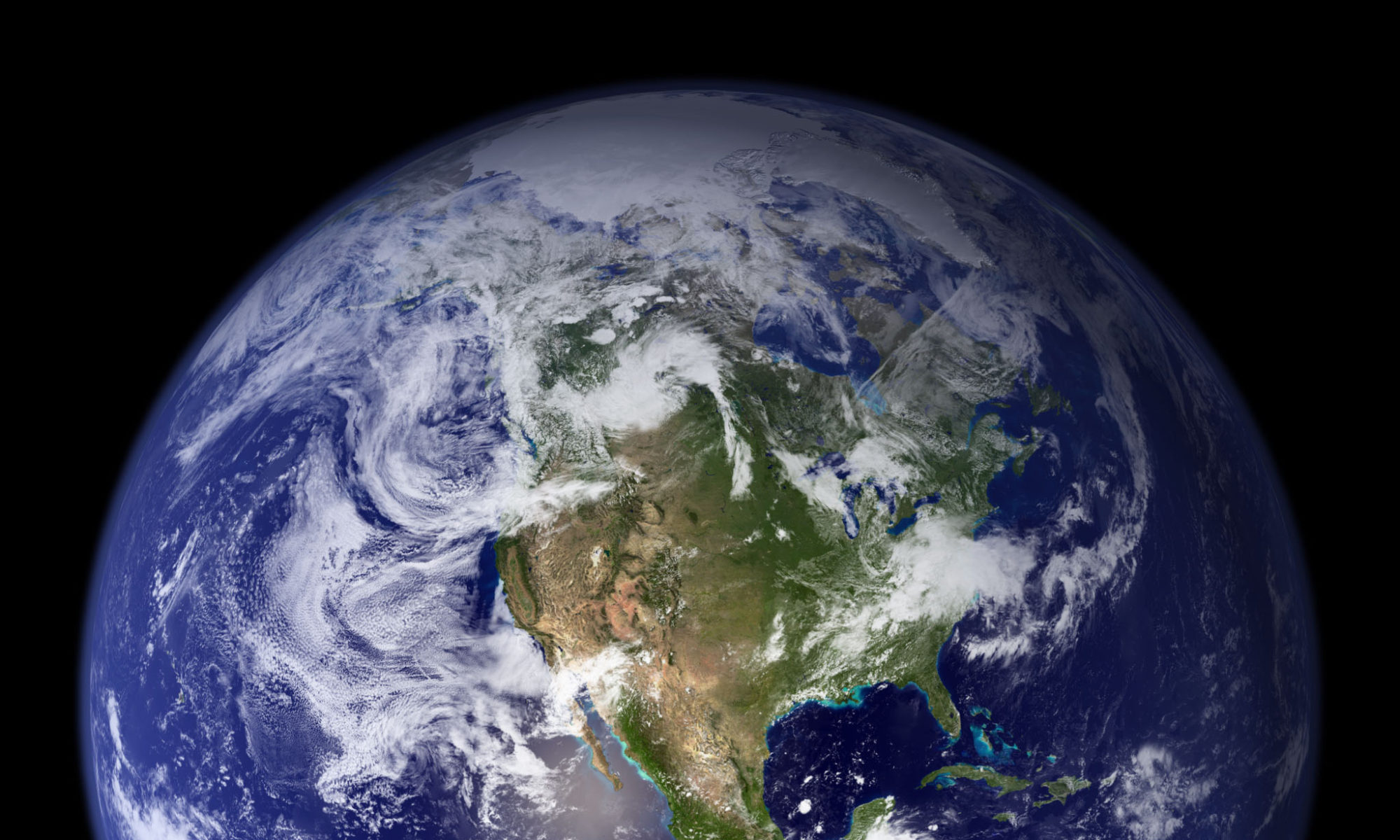The second group of individuals I sent letters to was the governors and administrators of the United States’ handful of territorial possessions. These places are often an afterthought by lawmakers in Washington D.C.; I feel we can learn much about a country by how it treats those furthest from the corridors of power. I have explained to my son that after the end of the Civil War and immediately following Reconstruction, the United States developed a policy of expanding its territory beyond its continental borders through active acquisition – either as spoils of war or by outright purchase. Over time these territories have become integral parts of the nation.
A means to show Europe that the United States was an imperial power came in the aftermath of the Spanish-American War. With the stroke of a pen, the United States gained the Philippines, Guam, and Puerto Rico. The true gem of Cuba was never annexed but became a client state – but the federal government carved-out a foothold on the island with the lease of Guantanamo Bay for a naval base. Soon afterward came Hawai’i, Samoa, and the Carribean “guano islands,” and the administration of the Canal Zone in Panama. The rationale of acquiring these possessions was done in the name of protecting American interests. The United States was not unlike over imperial powers of the period in this regard.
Following the Second World War, the United States decolonized: first the Philippines in 1946 and later the Canal Zone in 1979. From time to time, there have been moves for some of the territories to seek statehood (like Hawai’i) and others wavering on the matter (like Puerto Rico). Nevertheless, residents are citizens of the United States with varying degrees of self-determination.
I also sent letters to the commanding officers of a few United States military garrisons which are in effect extra-territorial. Depending upon popular opinion, these commanders have the unenviable role of overseeing territories that are sometimes pilloried or celebrated. I have a difficult time explaining the necessity of a standing military to my son and I wish to shield him from the grim reality that we live in dangerous times. Their responses will round out the project and provide insights rarely heard.
Interestingly, although I did not send a letter directly to the Commanding Officer of the U.S. Navy Support Facility at Diego Garcia, he sent one along with the British Resident – which was a welcome surprise.
| Territory | Governor / Commanding Officer |
| American Samoa | Lolo Matalasi Moliga Governor |
| Guam | Lou Leon Guerrero Governor |
| Commonwealth of the Northern Mariana Islands | Ralph Torres Governor |
| Commonwealth of Puerto Rico | Wanda Vázquez Garced Governor |
| U.S. Virgin Islands | Albert Bryan Governor |
| District of Columbia | Muriel Bowser Mayor |
| Guantanamo Bay | Captain John Fischer, USN Commanding Officer |
| Wake Island | Captain Marc P. Bleha, USAF Commander |
| Kwajalein Atoll | Colonel James A. DeOre, Jr., USA Commander |
| ★ Diego Garcia | Captain Blake Tornga, USN Commanding Officer |
